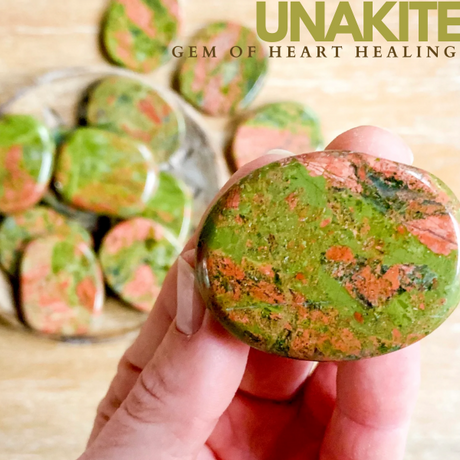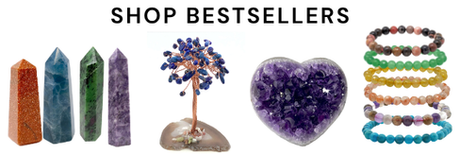How Intentions May Influence Water—and Why That Matters to You
The idea that our words and intentions shape our experience is ancient and nearly universal. You hear it in phrases like “you reap what you sow” or “you get what you give.” Whether framed as karma, faith, psychology or simple cause and effect, most people intuitively understand that mindset and intention matter.
An intriguing extension of this idea asks a different question: what if intention doesn’t just affect our thoughts and emotions—but also the water we drink?
Dr. Masaru Emoto and the Question of Water Consciousness
This question became widely known through the work of Dr. Masaru Emoto, a Japanese researcher and author who explored how water responds to external influences such as words, emotions and intentions. Beginning in the 1990s, Emoto conducted experiments in which water was exposed to specific words, music or emotional expressions, then frozen and photographed using microscopic techniques.
His claim was bold: water appears to change its crystalline structure depending on the emotional or energetic environment it is exposed to.

Image Credit: The Hidden Messages In Water by Masuru Emoto
In his experiments, water exposed to positive words like “love,” “gratitude” or “hope” formed symmetrical, snowflake-like crystal patterns. Water exposed to harsh or negative words appeared to freeze into more chaotic, incomplete or asymmetrical shapes.
These images became famous and sparked widespread discussion—not just about water, but about human consciousness itself.
What the Research Does—and Doesn’t—Claim
It’s important to be clear and honest with readers: Emoto’s work is considered controversial within the mainstream scientific community. His experiments have been criticized for lacking strict controls and repeatability under traditional laboratory standards.
However, that doesn’t make the work meaningless.
Instead, it places it in a space closer to exploratory research, philosophy and consciousness studies—areas that ask questions science is still learning how to measure. Even critics often acknowledge that his work raises compelling ideas about perception, intention and the subtle ways environment affects matter.
Why This Matters More Than You Think
Here’s where the idea becomes personally relevant:
-
The human body is roughly 60–70% water
-
Every cell relies on water to function
-
Our nervous system, hormones and stress responses are directly influenced by mental and emotional states
So even if you set aside the crystal photography entirely, modern science already supports a core idea: your internal environment affects your physical state.
Stress alters digestion, immunity and sleep. Calm improves focus and recovery. Gratitude practices have measurable effects on mental health. In that sense, the “intention → outcome” relationship is not mystical—it’s observable.
Emoto’s work invites a broader reflection: if water appears responsive to environment, and we are largely water, how much influence do our thoughts, words and habits have on our own well-being?
A Practical Takeaway
You don’t need to fully accept or reject water consciousness to apply something useful:
-
Speak intentionally—especially toward yourself
-
Create rituals around drinking water that promote mindfulness or gratitude
-
Be aware of the emotional environments you place yourself in
-
Treat your body as something responsive, not separate from your thoughts
At the very least, this approach encourages presence and care, both of which are undeniably beneficial.
Whether you view intention as energy, psychology or simple awareness, the question remains powerful:
If we change the way we speak, think and engage with what sustains us—what else might change as a result?
Bringing Intention Into Everyday Rituals
For many people, the value of ideas like this isn’t about proving a theory—it’s about how they influence daily habits. When you slow down, set an intention and engage more thoughtfully with what you consume, the act itself becomes meaningful.
This is where simple sound healing instruments and wellness tools can play a role. A crystal water bottle, for example, is about creating a moment of pause. Filling it, holding it and being reminded to drink mindfully can turn a routine task into a small, intentional ritual.
The same idea applies to crystal singing bowls. Whether used for meditation, reflection or simply to mark a transition in your day, their tones help create space—space to reset, breathe and refocus attention. The act of listening with awareness can help ground and reset you.
Intentional living rarely comes from big gestures. It’s built through repeated, thoughtful moments—how you start your morning, how you hydrate, how you unwind. Tools that invite presence can support those habits, not by promising outcomes, but by encouraging awareness.
In that sense, intention isn’t something you prove. It’s something you practice.














